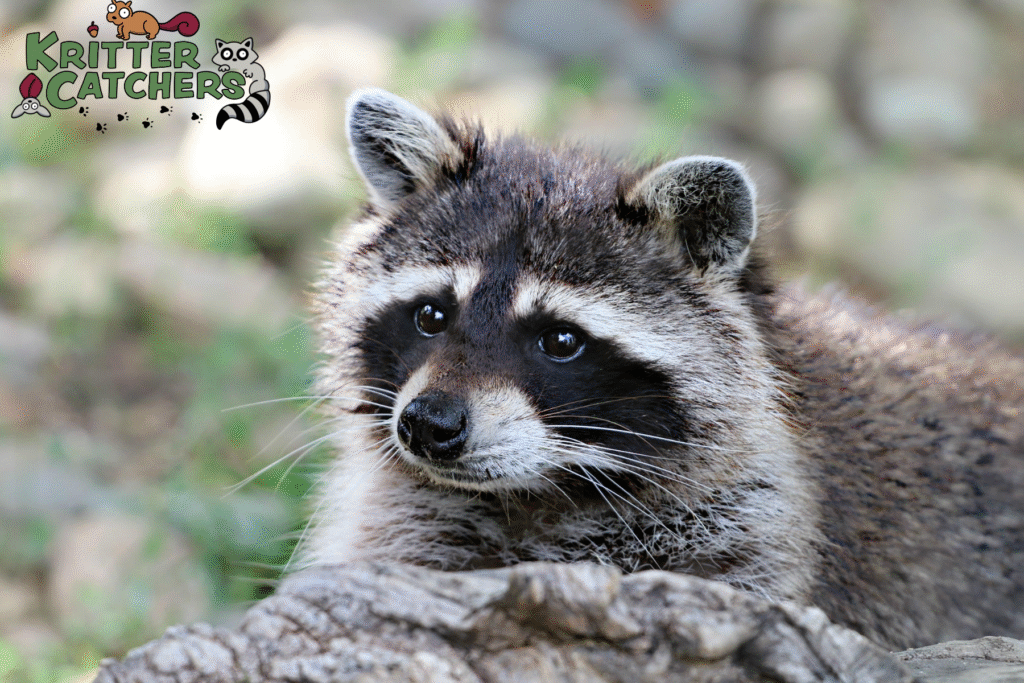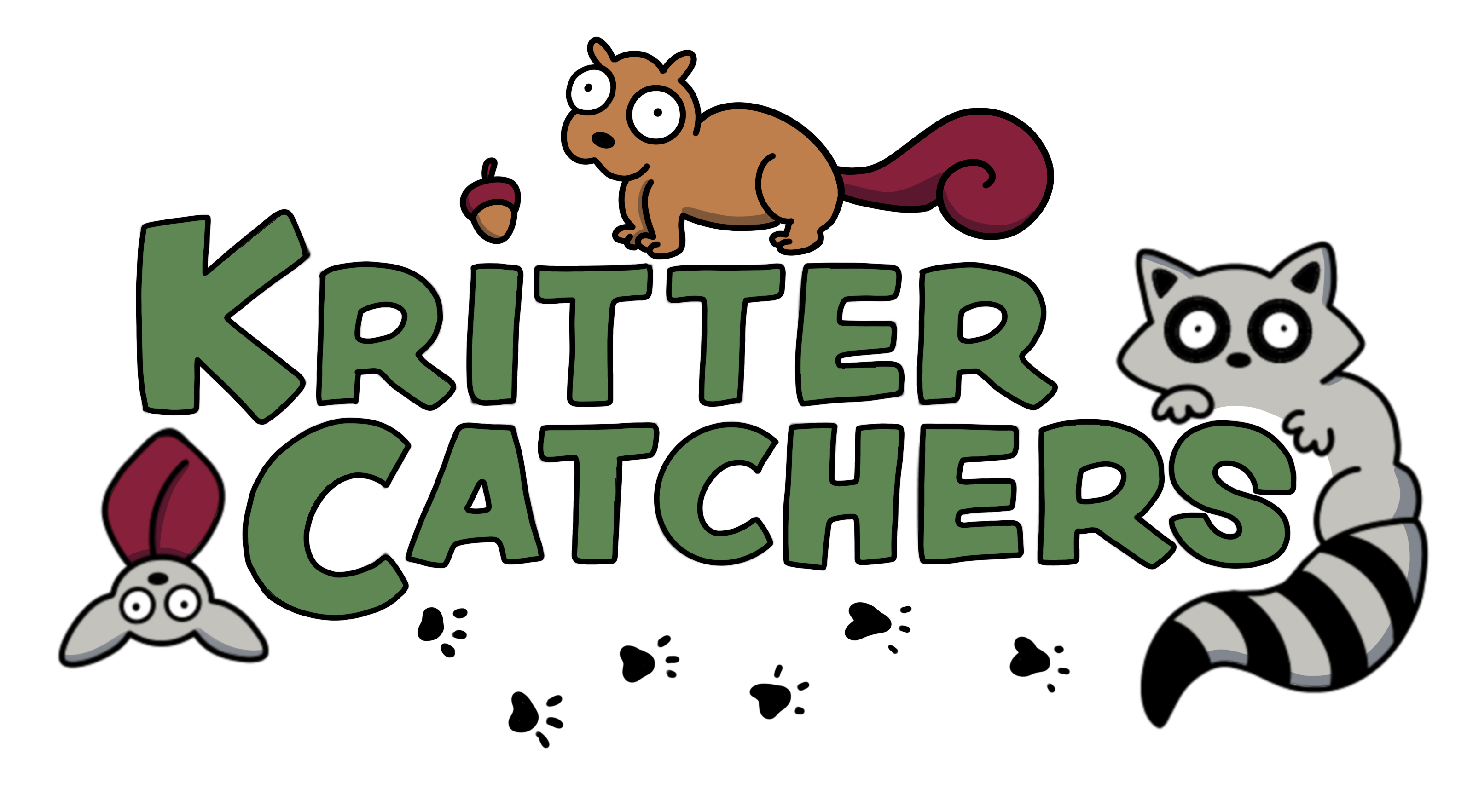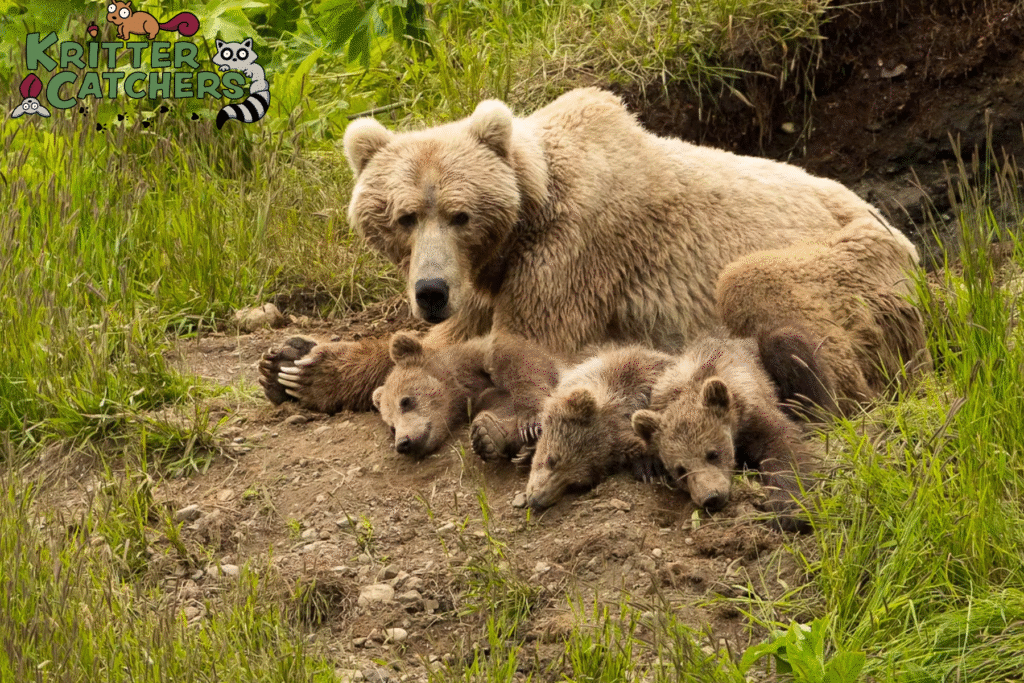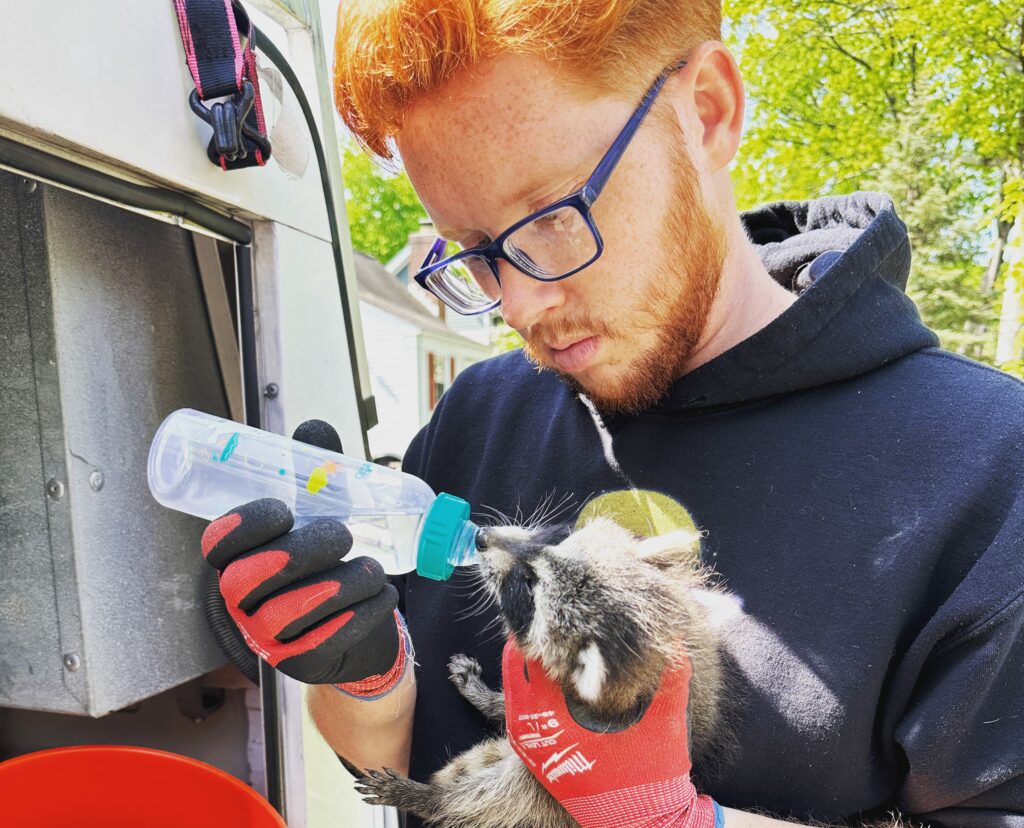Having wildlife take up residence in your home might seem like a minor nuisance at first. However, the reality is that unwanted animals inside your living space can cause serious problems that go far beyond simple inconvenience. From structural damage to health hazards, understanding the full scope of what wildlife can do when they invade your property is critical for homeowners. This article explores why wildlife in your home can be a bigger problem than you think and why early intervention is essential.
The Hidden Dangers of Wildlife Intrusion
Structural Damage You Might Not See
One of the most significant risks posed by wildlife in your home is structural damage. Animals such as raccoons, squirrels, bats, and rats often seek shelter in attics, walls, and crawl spaces. Their persistent chewing, scratching, and nesting activities can compromise the integrity of wooden beams, insulation, wiring, and drywall.
For example, squirrels have strong teeth that continuously grow, forcing them to gnaw on materials to keep them trimmed. This gnawing can damage electrical wiring, increasing the risk of fires. Similarly, raccoons use their sharp claws to rip open roof vents or shingles, creating larger access points for themselves and other animals. Over time, these damages escalate repair costs and can even make parts of your home unsafe.
Health Risks From Wildlife Contamination
Wildlife presence inside the home is also a serious health concern. Animals carry various pathogens and parasites that can be transmitted to humans. Bat guano (droppings), for instance, can harbor spores of Histoplasma capsulatum, a fungus responsible for histoplasmosis, a respiratory disease that can be severe in vulnerable individuals.
Rats and mice can spread hantavirus, salmonella, and leptospirosis through their droppings, urine, and bites. Raccoons and skunks are common carriers of rabies, a fatal viral disease if left untreated after exposure. In addition to diseases, fleas, ticks, mites, and lice that hitch rides on these animals can infest homes, causing itching, allergic reactions, and even secondary infections in pets and humans.
Noise and Sleep Disruption
Wildlife in the attic or walls often creates considerable noise, especially at night. Scratching, thumping, and scampering sounds can disrupt sleep and reduce quality of life. These sounds typically indicate animals are nesting or raising young, so the activity level is often intense during breeding seasons. Chronic noise pollution from wildlife stress can contribute to anxiety, irritability, and other health issues for occupants.
Why Wildlife Choose Your Home
Attractive Shelter and Food Sources
Wildlife are naturally drawn to homes because they provide ideal shelter and readily available food sources. Attics, basements, chimneys, and crawl spaces offer dark, protected environments shielded from predators and harsh weather conditions. In colder months, these spaces provide warmth and security for raising young.
Homes with easy access to food such as unsecured garbage cans, pet food left outside, bird feeders, and fruit trees also attract wildlife. Some species, like raccoons and opossums, are opportunistic omnivores and will exploit any food opportunity. Additionally, standing water sources like birdbaths or clogged gutters further entice animals seeking hydration.
Accessibility Through Structural Weaknesses
Even small gaps and openings as narrow as a quarter-inch can grant animals entry to your home. Damaged vents, loose shingles, cracks in the foundation, open chimney flues, and deteriorating soffits and fascia boards are common entry points. Wildlife are skilled at exploiting these weaknesses by squeezing through tight spaces or enlarging them with persistent chewing and clawing.
Regular home inspections to identify and repair these vulnerabilities are critical in preventing unwanted wildlife from establishing a foothold.
The Risks of Delaying Wildlife Removal
Rapid Population Growth Inside the Home
Wildlife species that enter homes often reproduce rapidly. For example, squirrels and rats can produce multiple litters annually, with each litter containing several offspring. Once established inside a home, a small problem can quickly multiply into a major infestation.
This population growth worsens all associated problems, from noise to damage and health risks. By the time the infestation becomes obvious, animals may have caused extensive damage and contamination that requires costly cleanup and repairs.
Increased Repair and Remediation Costs
Delaying action increases the likelihood of expensive repairs. Structural damage caused by prolonged animal activity requires professional restoration, including replacing insulation, wiring, roofing, and sometimes even drywall or wood framing.
Moreover, remediation of contamination from droppings, urine, and parasites is essential to ensure the home is safe for residents afterward. Specialized cleaning and sanitizing procedures are required to eliminate biological hazards and prevent disease transmission.
Legal and Ethical Considerations
Certain wildlife species are protected by law, meaning that handling or removal must comply with regulations to avoid penalties. For example, bats are federally protected, and improper removal can result in fines.
Engaging a professional wildlife removal service ensures that animals are handled humanely and legally. This approach protects both homeowners and the welfare of the animals involved.
Safe and Effective Wildlife Removal Practices
Professional Wildlife Removal Services
Qualified wildlife removal specialists use humane, effective techniques tailored to each species. The process typically involves a thorough inspection to identify entry points, population size, and nesting areas. Exclusion devices, one-way doors, and sealing methods prevent animals from re-entering after removal.
Professionals also provide cleanup and decontamination services to address health hazards from animal waste and nesting materials. Their experience ensures the problem is resolved safely, efficiently, and in accordance with local wildlife regulations.
Prevention and Ongoing Maintenance
After removal, ongoing maintenance is essential to prevent future wildlife intrusions. This includes sealing all potential entry points with durable materials, installing chimney caps and vent covers, securing garbage and pet food, trimming overhanging tree branches, and managing standing water around the home.
Routine inspections are recommended, especially in seasons when wildlife seek shelter, such as fall and early spring.
Choosing Reliable Essex County Wildlife Removal
Residents of Northern New Jersey, including Essex County, benefit from professional wildlife removal near me services that provide expert solutions tailored to local wildlife species and conditions.
When searching for trustworthy providers, look for licensed and insured companies with proven experience in humane removal, exclusion, and remediation. Local specialists familiar with the area’s wildlife can address problems efficiently and help prevent recurring issues.
For those needing expert wildlife removal Essex County NJ, partnering with a reputable company ensures legal compliance, effective results, and peace of mind. Quality Essex County wildlife control includes inspection, removal, exclusion, cleanup, and prevention services.

Conclusion
Wildlife in your home is far more than a simple annoyance; it poses serious risks to your property, health, and safety. Structural damage, disease transmission, and disruptive noises underscore the importance of early detection and prompt intervention. Understanding why animals enter homes and how to address the problem humanely and effectively can protect your family and investment.
Professional wildlife removal near me services are your best resource for managing these challenges, providing thorough inspections, legal compliance, humane removal, and comprehensive cleanup.
About Kritter Catchers NJ
Kritter Catchers NJ is a leading wildlife removal company serving Essex County and surrounding areas in New Jersey. Our licensed technicians specialize in humane and effective wildlife management solutions, including exclusion, cleanup, and damage repair. Whether you face squirrels, raccoons, bats, or other nuisance animals, we offer comprehensive Essex County wildlife removal and control services designed to protect your home and family.


